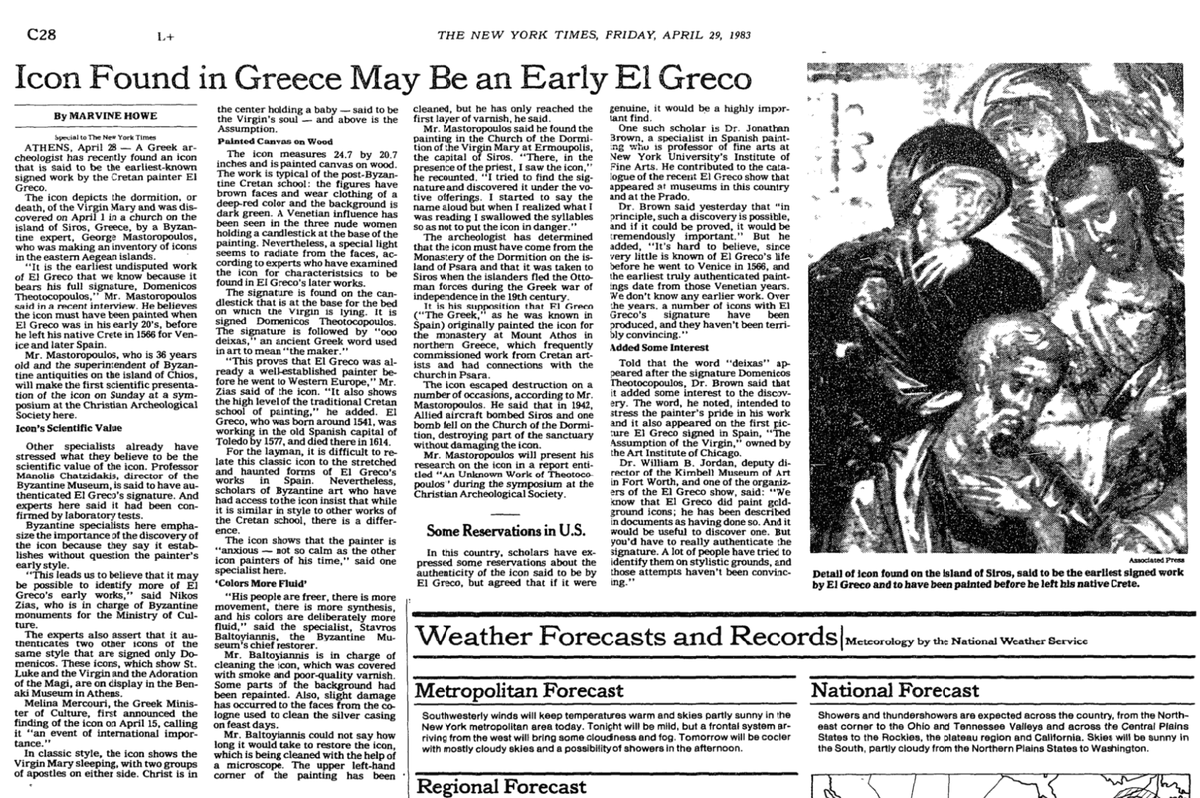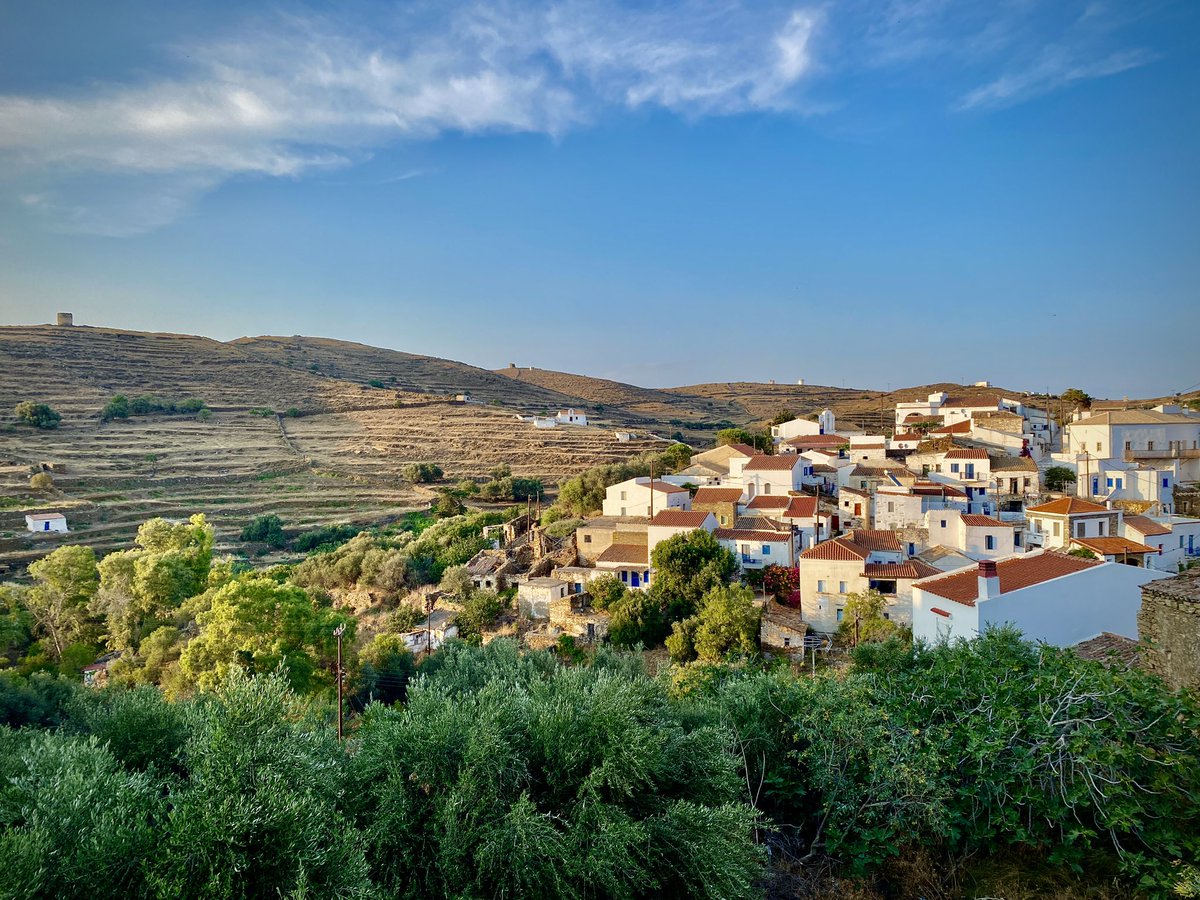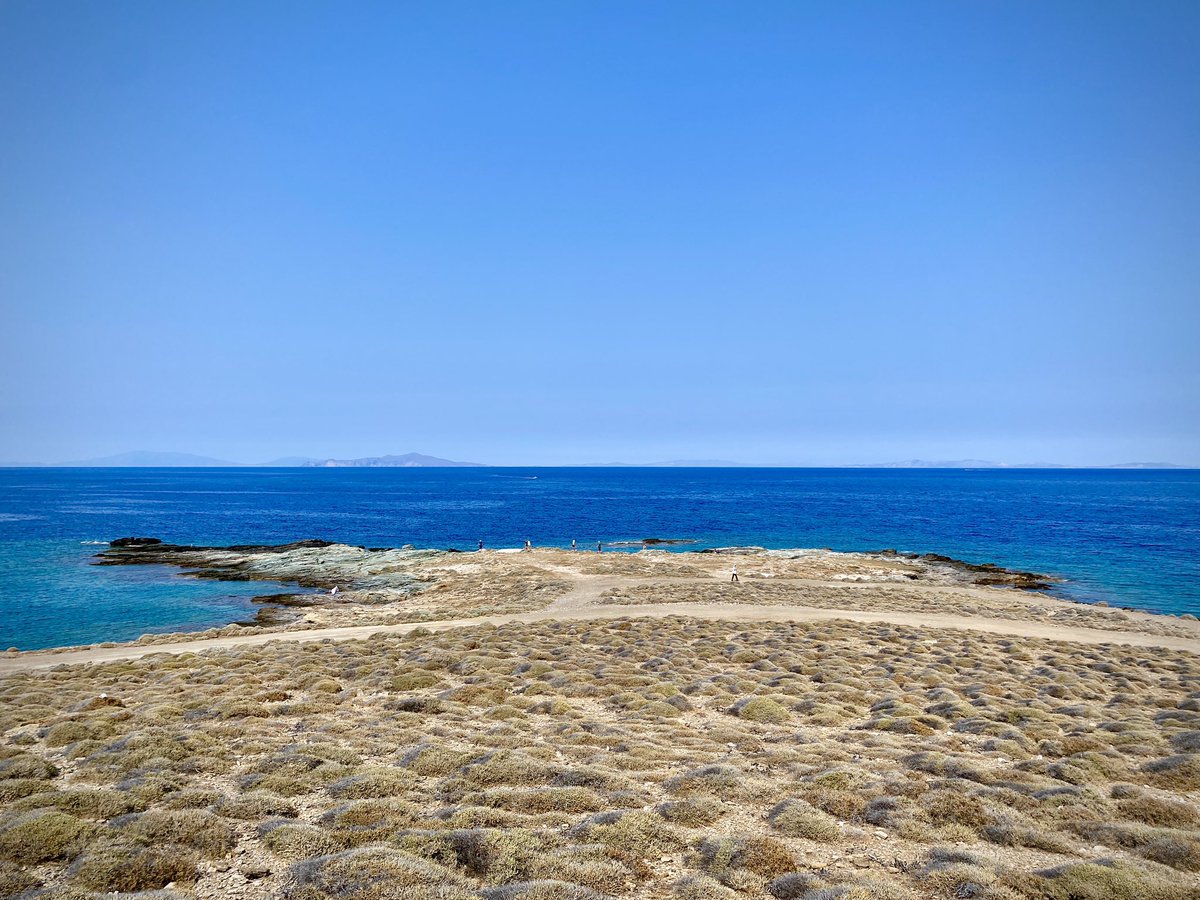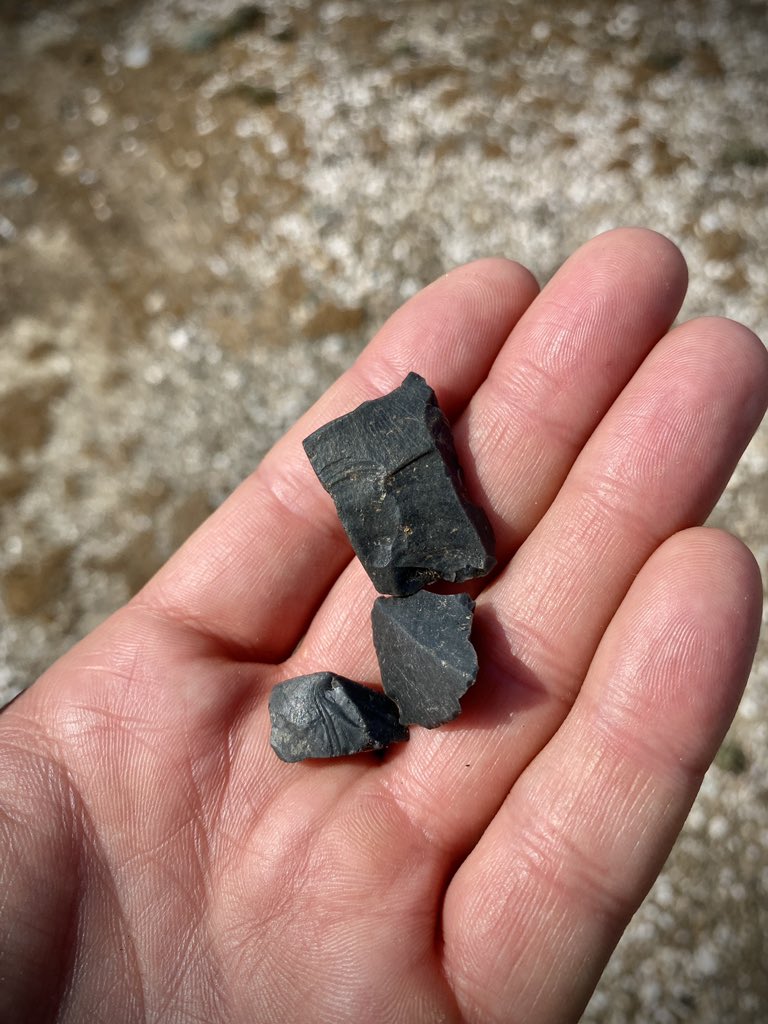The Greek island of Sifnos is famous for its silver mines & beautiful beaches, but it's also home to one of the most important Mycenaean settlements in the Cyclades!
Let's visit Agios Andreas, the most interesting site you've never heard of!
1/n 🇬🇷
#Greece #Archaeology #Sifnos
Let's visit Agios Andreas, the most interesting site you've never heard of!
1/n 🇬🇷
#Greece #Archaeology #Sifnos

2/ Founded in the 12th c. BCE, Agios Andreas is a large, heavily fortified settlement with a dense urban plan.
Perched on a hilltop high above Apollonia–the modern capital of Sifnos–it offers spectacular views of the entire east side of the island, & the neighboring islands!
Perched on a hilltop high above Apollonia–the modern capital of Sifnos–it offers spectacular views of the entire east side of the island, & the neighboring islands!
3/ With its conspicuous fortificion walls, the site was first spotted in 1841 by J. A. Buchon, & Christos Tsountas conducted a brief excavation in 1898.
The site would remain relatively unknown until 1970, when Barbara Philippaki began a decade-long excavation at Ag. Andreas.

The site would remain relatively unknown until 1970, when Barbara Philippaki began a decade-long excavation at Ag. Andreas.

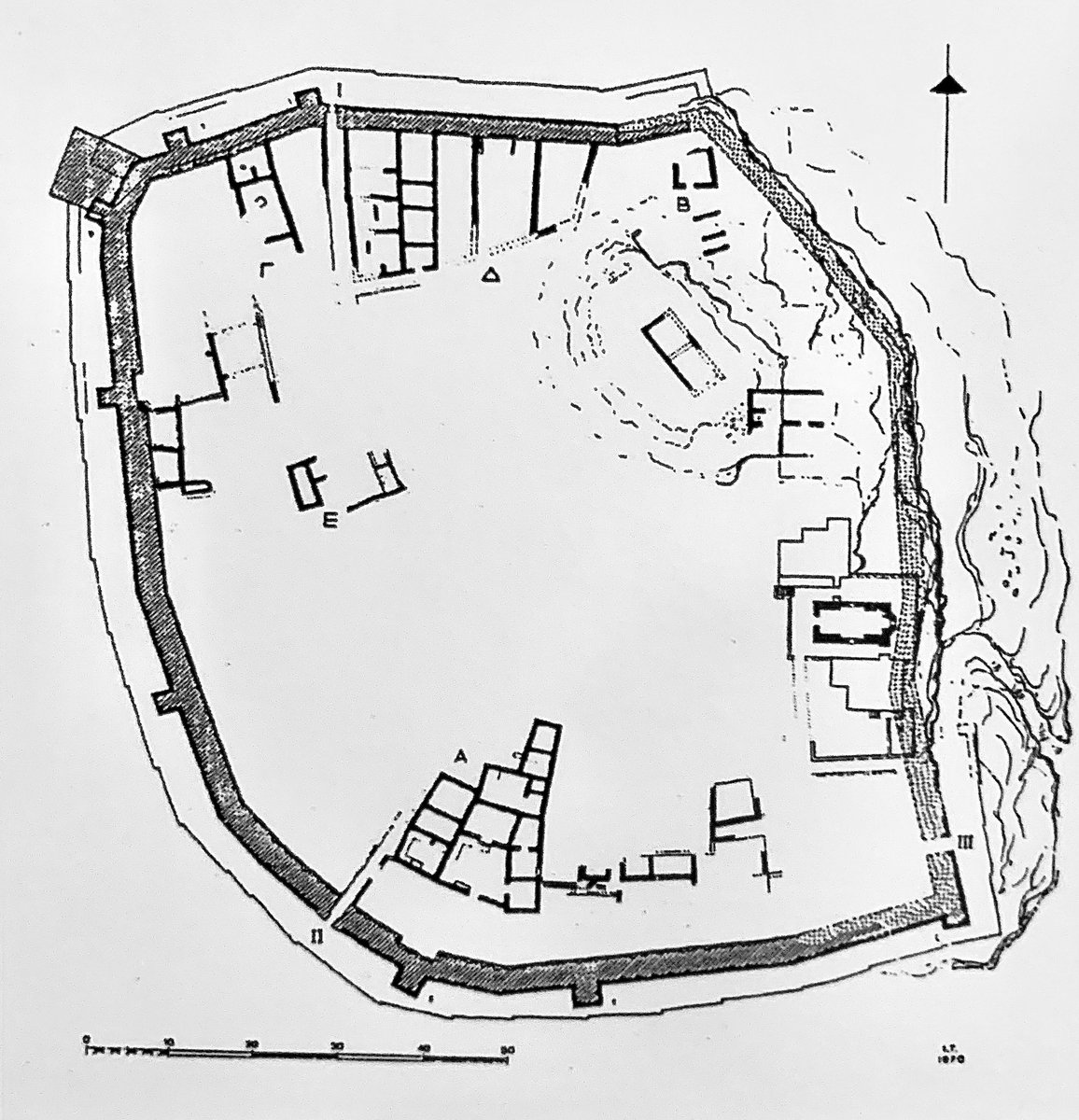
4/ Philippaki's excavations were followed by a large project to understand the plan of the site, led by Christina Televantou in the late 90s.
This exposed the walls of the individual building & the stout fortifications, but much of the site still remains unexcavated today!
This exposed the walls of the individual building & the stout fortifications, but much of the site still remains unexcavated today!
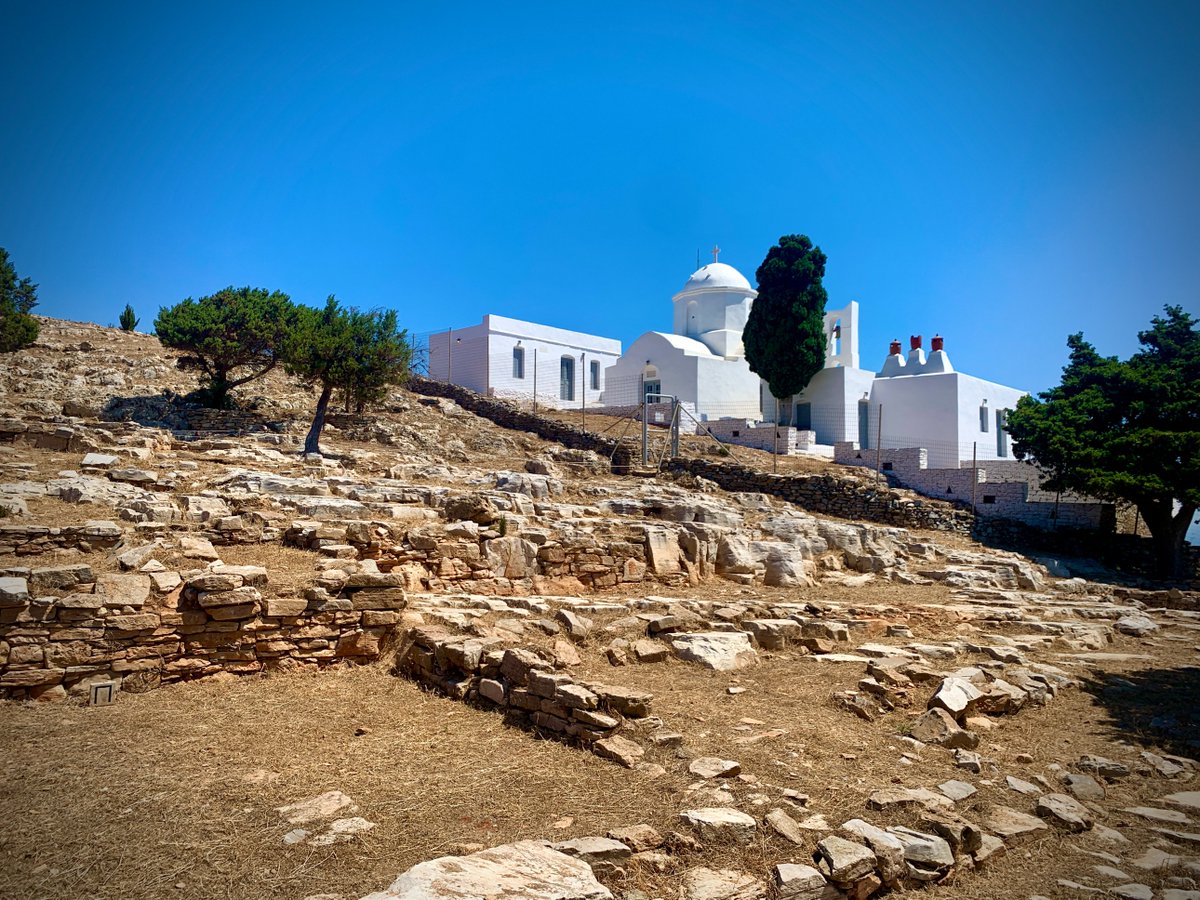
5/ While there is plenty of archaeology left to do at Ag. Andreas, we already have a fascinating story that raises as many questions as it answers about life on Mycenaean Sifnos!
After being built 3,200+ years ago, the flourishing citadel was abandoned after just 150 years.
After being built 3,200+ years ago, the flourishing citadel was abandoned after just 150 years.
6/ The highlight of the Mycenaean citadel is its incredible circuit wall! Built in 3 phases, the wall blends Bronze Age architecture of the Greek mainland with local Cycladic flavor.
The city was entered by one of three gates, each protected by towers & a 10m wide battlement!
The city was entered by one of three gates, each protected by towers & a 10m wide battlement!
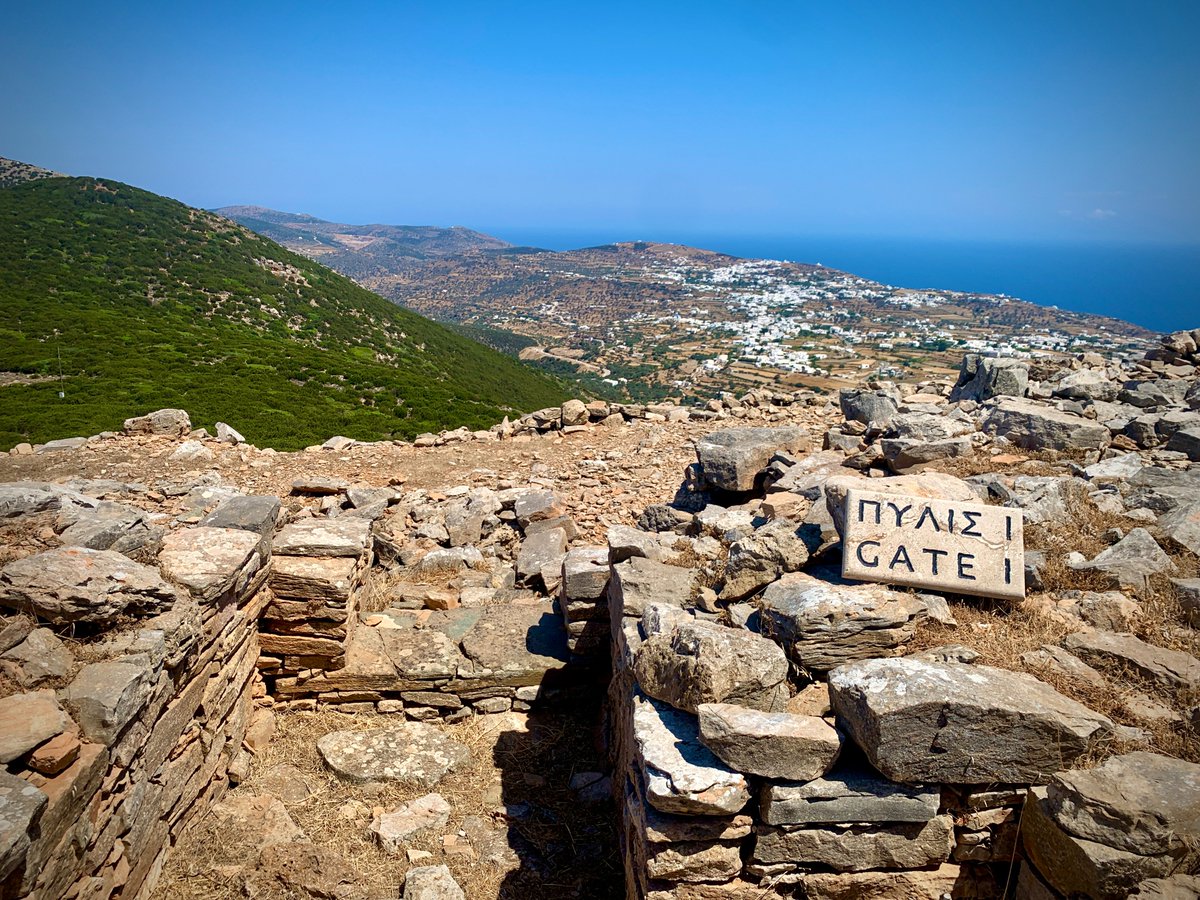
7/ Within the walls, the citadel was filled with small domestic, administrative, & industrial buildings, all connected by a network of narrow streets.
While most of these buildings remain buried, the excavated material shows strong connections with the mainland & other islands!
While most of these buildings remain buried, the excavated material shows strong connections with the mainland & other islands!

8/ Like citadels across the Mycenaean world, Ag. Andreas was abandoned in the early 11th c. BCE, after the collapse of the palaces.
Drawn by its defensible location & still-standing fortifications, the city was reoccupied in the 8th c., & this is when the story get interesting!
Drawn by its defensible location & still-standing fortifications, the city was reoccupied in the 8th c., & this is when the story get interesting!

9/ The Geometric/Archaic city was built directly atop the Mycenaean building, reusing centuries-old architecture in new ways.
In the south side of the city, a sanctuary was founded & re-discovered Mycenaean figurines were placed on prominent display by the new occupants of AA!
In the south side of the city, a sanctuary was founded & re-discovered Mycenaean figurines were placed on prominent display by the new occupants of AA!
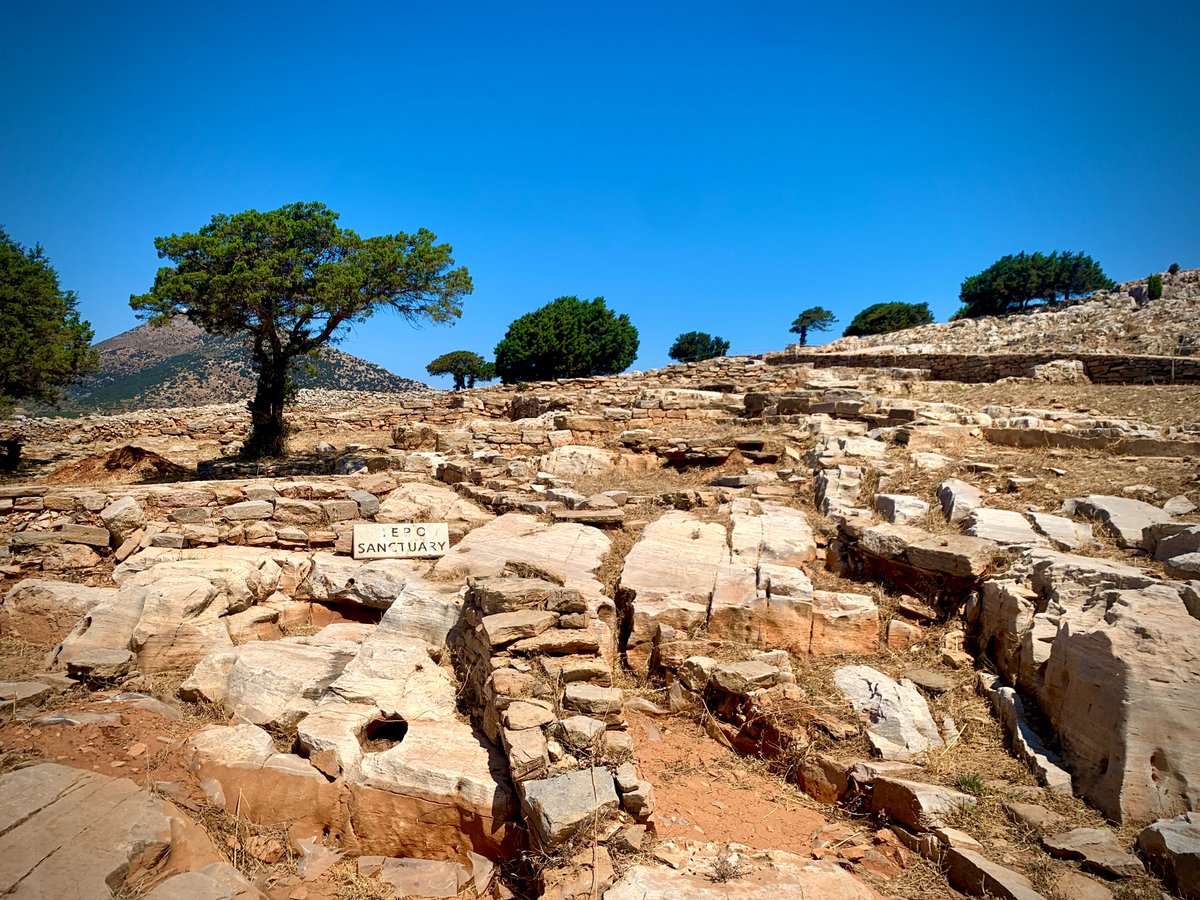
10/ Agios Andreas remained an important settlement on Sifnos until the Classical Period, when it was slowly abandoned in favor of the famously marble-walled polis at modern day Kastro. By the Hellenistic Period, the city appears to be completely abandoned, once again. 

11/ In more recent times, the hilltop has been home to the wonderful little church of Agios Andreas, which lends its name to the site as a whole.
Built around 1701, using ancient blocks from the site, it's home to some wonderful icons and the best view in town!

Built around 1701, using ancient blocks from the site, it's home to some wonderful icons and the best view in town!


12/12 What's next at Agios Andreas?
The site is currently home to a new excavation, led by our #SCIP colleague Giorgos Gavalas, who gave an excellent tour of the site. Focused on the sanctuary, this project will help us understand the fascinating history of Agios Andreas!
🏺⛏️
The site is currently home to a new excavation, led by our #SCIP colleague Giorgos Gavalas, who gave an excellent tour of the site. Focused on the sanctuary, this project will help us understand the fascinating history of Agios Andreas!
🏺⛏️

• • •
Missing some Tweet in this thread? You can try to
force a refresh










